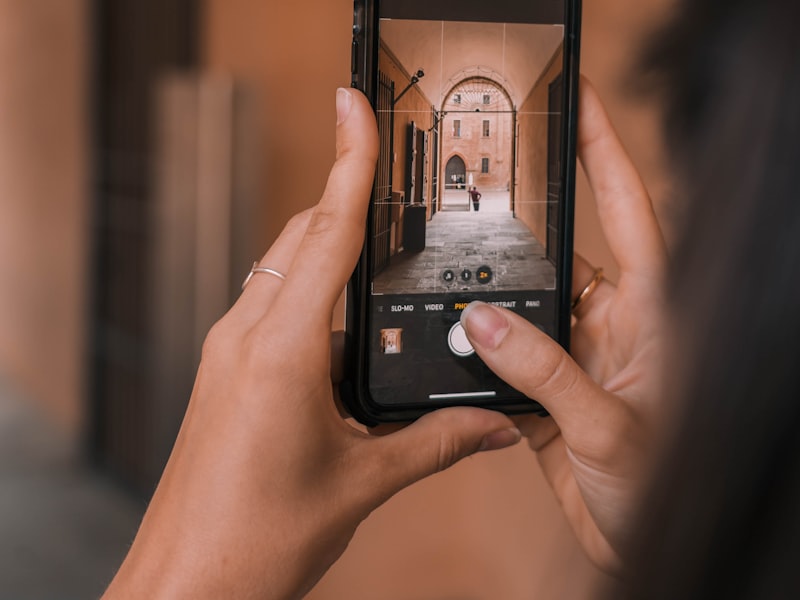Bathymetry Survey

Bathymetry survey may be the process of measuring and mapping the depth and topography of underwater areas, such as oceans, seas, lakes, and rivers. It involves the usage of various techniques and equipment to collect data concerning the underwater terrain, including water depth, submerged features, and the form of the seabed or lakebed.
There are lots of methods commonly used in bathymetry surveys:
Multibeam Sonar: This technique employs multiple sonar beams to gauge the depth of the water column. The sonar beams are emitted from a transducer and bounce off the seabed, providing detailed information regarding the form and characteristics of the underwater terrain.
Single-Beam Echo Sounder: This technique uses a single sonar beam to measure the depth of the water. The echo sounder emits a pulse of sound that travels to the seabed and back, enabling the calculation of water depth. Single-beam echo sounders are usually used in shallow waters or areas with less complex bathymetry.

Side-Scan Sonar: Side-scan sonar involves the application of specialized equipment that emits sonar signals to the sides of a survey vessel. The sonar signals provide detailed imagery of the seabed, including submerged objects and features.
LIDAR (Light Detection and Ranging): LIDAR uses laser technology to measure distances and create high-resolution maps of the underwater terrain. LIDAR systems tend to be found in coastal areas or shallow waters to fully capture accurate data on both land and underwater topography.
After the data is collected, it really is processed and analyzed to generate bathymetric maps and charts. https://telegra.ph/Need-for-Bathymetry-Surveys-06-17 are crucial for various applications, including navigation, marine exploration, offshore construction, coastal engineering, and environmental studies. Bathymetry surveys are conducted by organizations such as hydrographic offices, research institutions, government agencies, and private companies specializing in geophysical surveys.
